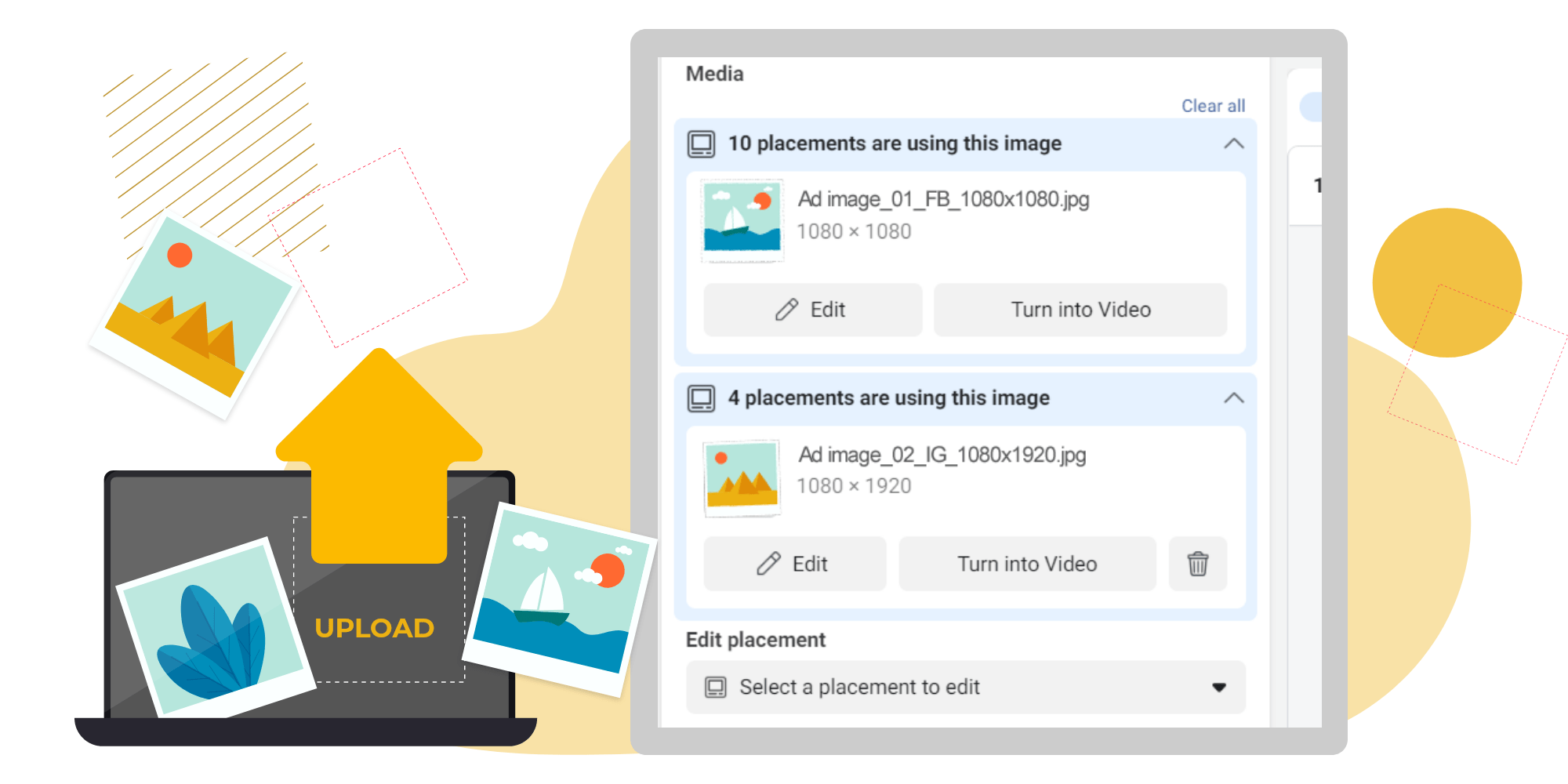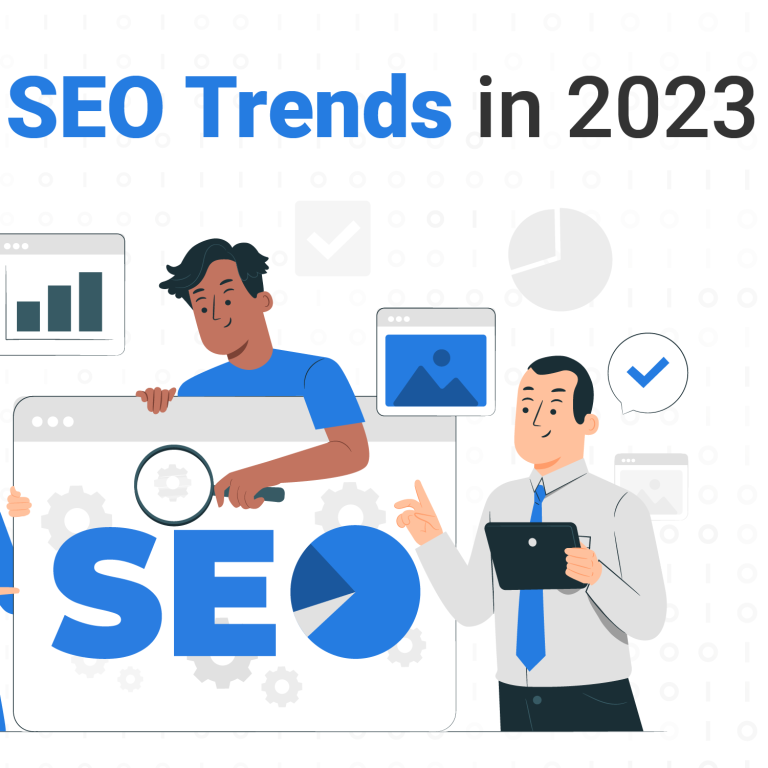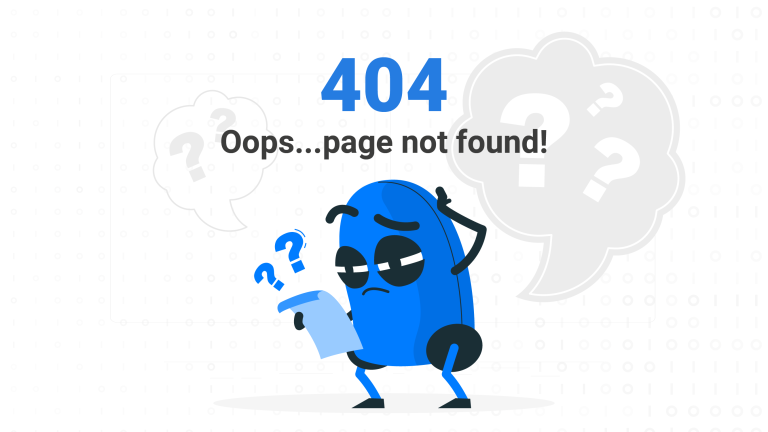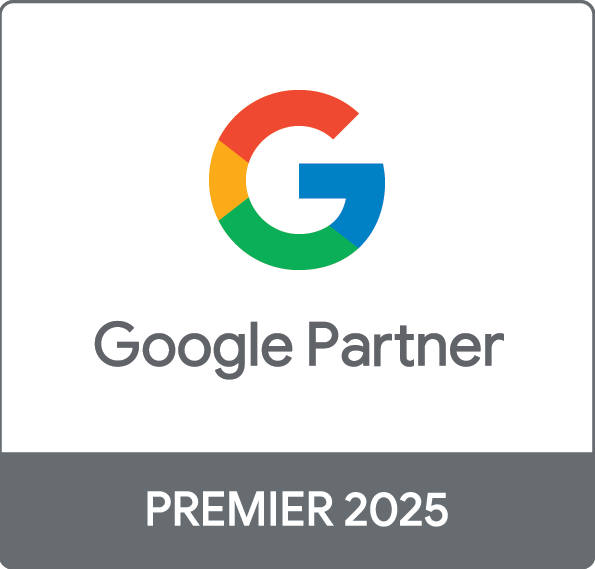Over the recent years, Facebook has proved itself as not only the leading platform to create awareness on but also convert users, be it for an upcoming event, a fund-raiser, a direct selling e-commerce, course enrollment, or perhaps even selling property. Facebook does a wonderful job at tempting us with its multi-billion user base, cutting edge ad platform, detailed targeting options, various ad formats, and features.
Still, there are various companies and marketers who still experience difficulty getting the most out of their campaigns due to a few very common and often overlooked mistakes. We’re going to share some of our own experiences that have impacted our Facebook campaigns negatively so you can avoid these mistakes in your own campaigns

No 1:
Wrong Campaign Objective
Whether the plan is to drive traffic to your site, generate views on your video ads, convert users on your website, or just to get more page likes and engagements on your page posts, there is a specific campaign object for each purpose.

Each objective comes with varying features and optimization options to ensure you get the results that you desire. Not selecting the right objective could prevent you from making full use of what Facebook has to offer. Let’s say you have a website whereby you are selling flower bouquets. The main revenue driving goal in this case would be sales. However, you have set up a campaign optimizing for driving traffic (link clicks) to the website at the lowest cost.
How does this help your revenue driving goal? It doesn’t! As the objective is set to drive traffic, Facebook will be optimizing its ad serving to users who are within your target audience and are most likely to click on the ad, regardless of their likelihood to convert. Thus, Facebook does what it is told, but you miss out on a better ROI.
If you had set up a campaign with a conversion objective, Facebook would have optimized towards showing your ads to users who are more likely to convert after clicking on your ads.
No.2
Making Decisions Based on Early Data
Many have yet to fully understand the term ‘Learning Phase’. During the initial days of a campaign going live or after a significant change has been made, the specific assets enter a learning phase.
During this phase, Facebook gathers data on the performance of the specific asset and learns about it. The Facebook algorithm utilizes these learnings to better identify the type of user that will take the desired action. Facebook also uses these learnings to adjust its ad delivery and daily spend patterns.
Optimizing or pausing campaigns based on early data does not give an accurate indication of its performance. Allow the campaigns to run for a specific period of time, or to spend a specific amount of budget before deciding on the next step of actions to be taken on it.

Facebook recommends 50 conversions/results within a span of 7 days for the learning process to be completed. In terms of budget, if you have a CPA of $5, that would mean spending about $5×50=$250.
The process may vary across ad sets or ads, and it also not always necessary to wait out the entire process if you are working with a limited budget amount or a short campaign period.
Example, if you have five ads active, and are seeing positive results from two, you may consider pausing the other three for the time being to allow the entire budget to be spent on what works. The paused ads can later be tested again once more budget is available or one of the two ads show signs of fatigue.
No.3
Small Audience Size
This issue will likely cause two negative impacts on your campaigns’ performance.
Firstly, frequency. No matter how good your ad looks or how great your offer is, no one likes to see the same ad on their newsfeed 10 times a day. If the audience is not growing constantly at a high rate, it can easily lead to ad fatigue setting in. As a result, your CTR is likely to drop, as users start ignoring your ad, or worse, block any ads from your Facebook page.

Secondly, having a high CPM. Unlike in Google SEM, whereby your cost is measured by your clicks (CPC, cost per click), in Facebook, the main cost metric is CPM (cost per mille / cost per 1,000 impressions).
The more granular, targeted, and limited your make your audiences, the more likely it is to have a higher CPM. In simple terms, a high CPM means a high cost of advertising. Therefore focus on grouping similar audience types into the same ad sets to ensure your audience size is as large as possible.
Why does CPM matter in Facebook marketing?
For example, let’s say you have two audiences to be tested, Audience A which has a CPM of $5 and Audience B which has a CPM of $2.5. To show your ads to 1,000 users in Audience A, it would cost you $5, and to do the same for Audience B it would cost you $2.5. If you have similar CTR and CVR on both the audiences, the more expensive audience (with higher CPM) will lead to higher cost per results.
No.4
Making frequent or multiple changes
This is related to the ‘Learning Phase’. Very often, businesses and marketers are all too eager to make changes to their ad setup following any trend they seem to notice. This never-ending cycle of so-called optimization prevents the ad assets from ever being able to complete their learning phase, and thus restricting the data Facebook would require to optimize the ad delivery and performance.
Another mistake we often come across is when marketers decide to make sudden, significant changes to ad assets (such as increasing/decreasing budget by >50%, re-adjusting the targeting settings, changing ad copy or creative) and cause the learning process to restart.
We have heard requests similar to this over-and-over again, “Our CPL is at $2, so let’s scale the daily budget by $200 and thus generate 100 more leads per day!” We wish it was that easy, but unfortunately, it isn’t!
Once you have made any changes within your campaigns, ensure to allow for sufficient time for the learning phase to complete before evaluating the performance.

No.5
Not Using Placement Optimised Creatives
Although setting auto-placements is a common practice, you may not be getting the best results especially if you have only uploaded a single-sized creative. Instead you should be providing Facebook with optimised creative for each (or at least most) of your targeted placements.
Facebook wants to provide the best experience to its users and will prioritise showing ads that are best suited for each placement. So if you’re planning to run an ad on both Feed and Story placements, we recommend uploading two separate creatives under the same ad (refer to image below).

You may have set up an ad set with auto placements (targeting all placements such as feeds, stories, audience network, etc) and you have uploaded one version of your ad creative. Based on placement reports you realize that you have great potential on story placements however it never seems to get enough budget allocation.
This is because Facebook wants to provide the best experience to its users and therefore will prioritize showing ads that are best suited for each placement, and unfortunately, your ads may not be the ones.
No.6
Inefficient Budget Distribution
Always have a budget in mind when you structure your Facebook campaigns. If you have little/limited budget, being granular and trying to test multiple audiences at the same time may not be a good idea, as it will require your budget to be distributed across more ad sets.
Plan your campaign structure based on what your budget allows for, and if tests need to be done, plan them accordingly within the structure.
Having too many assets dependent on a small budget means Facebook will have to spread the budget across all, and until each of those items have completed their own learning, the entire campaign or ad set may remain under the learning phase.
Setting a sufficient budget for your campaigns or ad sets to ensure it is able to generate enough results in order to complete its learning phase is also important.
For example, it may not be the best idea to allocate a $20 budget to an ad set, while your cost per result is $15. You are limiting the ad set’s capability to an average of 1 lead per day only.
In such cases, test only a handful of adsets while ensuring they have sufficient budget to perform. You may then replace the least performing ad set with a new one and retest.

Conclusion
Of course, there are various other reasons as to why your campaigns might not be producing the best results, these are some of the most common ones that most clients experience. Now that you know that these mistakes are avoidable, start applying the best practices to ensure that you are getting the most out of your money spent on Facebook ads.

Also, feel free to drop us an email at hello@admiral.digital if you’d like us to do a quick audit of your Facebook efforts. We’ll be more than happy to assist you!







